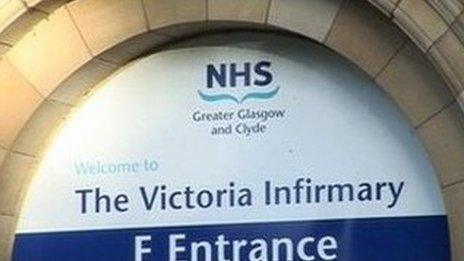NHS A&E waiting times stats to be reported weekly
- Published
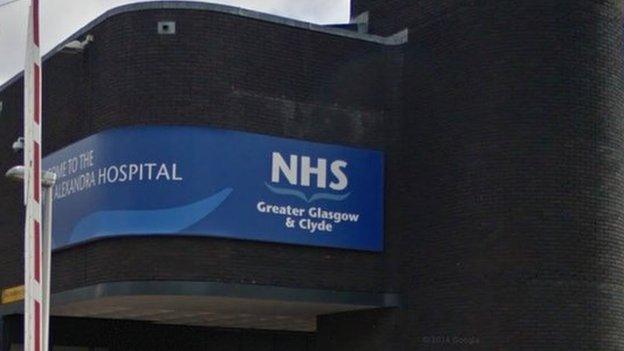
A support team was sent into the Royal Alexandra Hospital in Paisley to tackle waiting times
Waiting time figures for the Accident and Emergency departments of Scotland's hospitals are to be published weekly, the Scottish government has announced.
The move follows criticism that Scotland's quarterly reporting of A&E waiting times did not allow action to be taken to quickly address problems.
The Scottish government had previously announced it would move to monthly stats but would now report weekly.
Opposition MSPs said the health secretary had been slow to act.
The Scottish government's chief statistician said the weekly publication, from 3 March, would include the total number of attendances at each core emergency site and a breakdown of waiting times.
'More accountable'
It will include the total number of attendances and the number waiting longer than four, eight and 12 hours.
Health Secretary Shona Robison said: "The regular collection of year-round A&E statistics first began under this government, and I welcome the move to the weekly publication of A&E figures which will make NHS Scotland even more accountable to the public and patients who use their services.
"The new weekly Scottish A&E statistics will also contain more detail than the statistics that are published by NHS England."
Ms Robison said the government would also set up a new website to make statistics on NHS performance more accessible.
The waiting times move came the week after a support team was sent to the Royal Alexandra Hospital in Paisley where 84% of A&E patients were treated within a four-hour timeframe. The national target is 95%.
The latest set of A&E statistics, which were for the period from October to December, suggested 91% of patients were treated within four hours.
This compared to 94% in the previous quarter and was slightly worse than England's performance of 92.6%.
The numbers were below the overall performance in England but above that in what were described as "core sites" in major cities south of the border.
Opposition parties had said the delay in getting the statistics and the fact they did not identify individual hospitals made it difficult to identify where the problems were.
'Ending the secrecy'
Scottish Labour's health spokeswoman Jenny Marra said: "This U-turn from the SNP on A&E reporting has been a long time coming.
"If the SNP had been prepared to publish A&E figures weekly over the last year this crisis could have been caught at a much earlier stage and hardworking staff given the support they need."
She added: "This is change of policy has been forced through by Scottish Labour. Just this month Shona Robison was totally opposed to ending the secrecy in our NHS.
"The crisis in Scotland's A&E departments has meant the SNP could no longer hide from the truth which is they are letting our NHS down."
Scottish Liberal Democrat health spokesman Jim Hume said: "Scotland's A&E units are in crisis mode yet the health secretary took weeks to respond to our calls for transparency. SNP ministers have taken their eye off the ball.
"Communities and the government can use these weekly statistics to bring A&E waiting times down."
Dr Peter Bennie, chair of BMA Scotland, said the pressure on NHS services and staff this winter had been "relentless".
He said: "The BMA welcomes greater transparency in workforce and activity information within Scotland's NHS, so that areas of pressure and opportunity for improvement are properly understood and can be acted upon quickly."
Dr Bennie said he hoped the focus on A&E would not lead to wider pressures on the NHS being ignored.
- Published11 February 2015

- Published10 February 2015
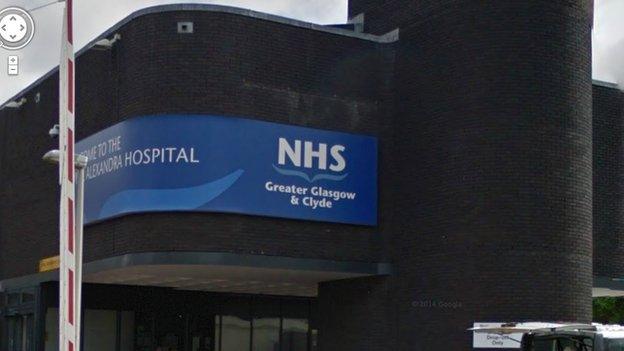
- Published3 February 2015
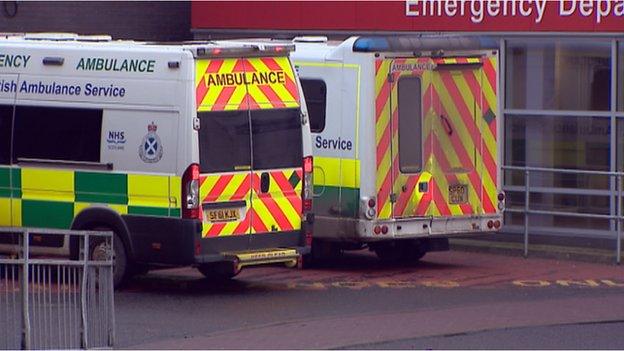
- Published31 January 2015
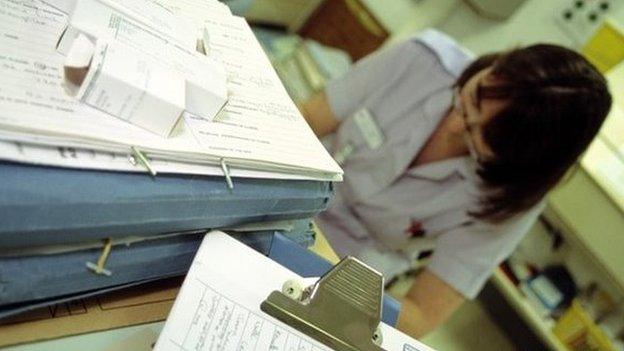
- Published8 January 2015
